The TCM Classic Film Festival is in full swing today and runs through Sunday in Hollywood. “There’s nothing like watching a movie on a screen with a big audience,” said head programmer Charlie Tabesh at yesterday’s press conference. This year’s theme is history and Tabesh added that he is particularly looking forward to the film “1776,” directed by Peter H. Hunt, who will be in attendance along with stars William Daniels and Ken Howard.
Last night, I stopped by the Formosa Café to mingle with fellow scribes. Several people shared my view that it’s tough to decide what to see and to strike a balance between longtime favorites and exciting new discoveries. I know, I know – what a good problem to have!
One thing’s for sure: I will attend the opening party and will see the newly restored film noir “Too Late for Tears” (1949, Byron Haskin), starring Lizabeth Scott, Arthur Kennedy and Dan Duryea.
For now, I will leave you with this shot from one of last year’s poolside screenings at the Hollywood Roosevelt. (Photo courtesy of TCM.) Life is good!
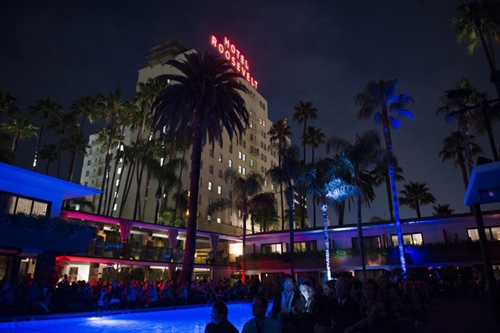






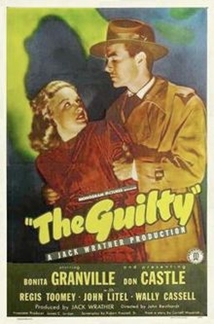
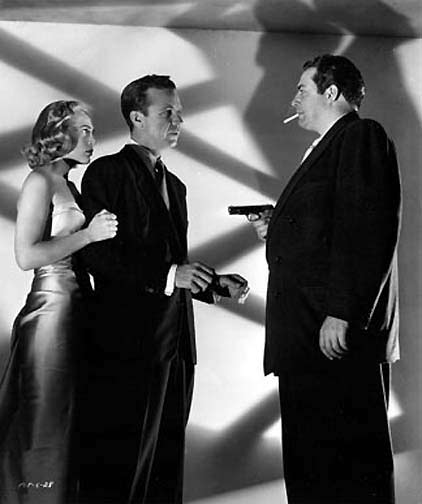
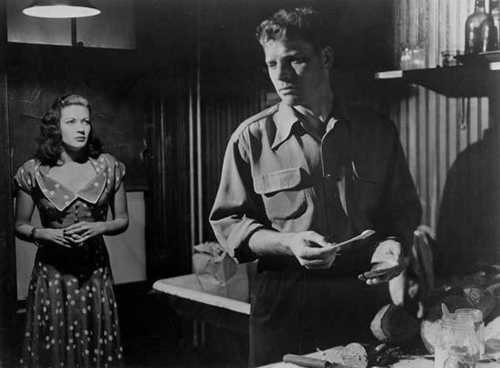
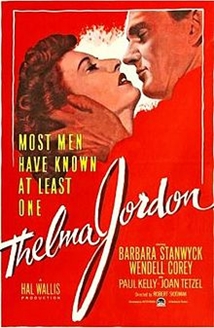
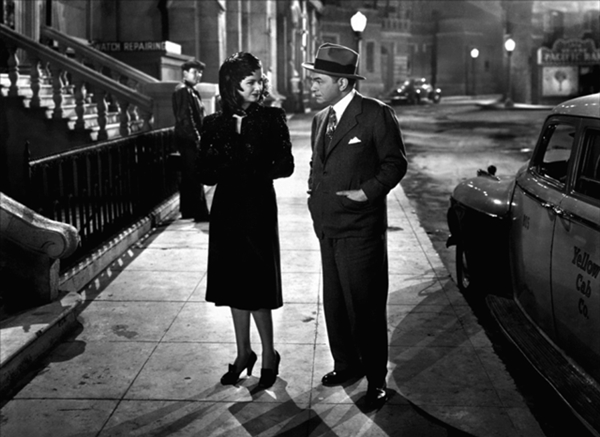
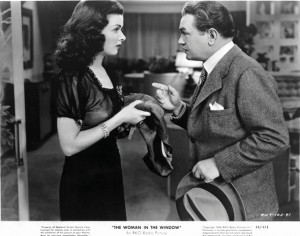
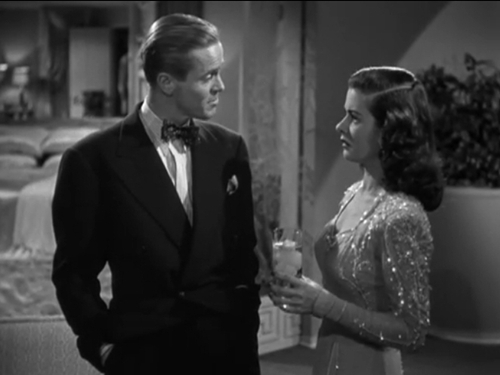
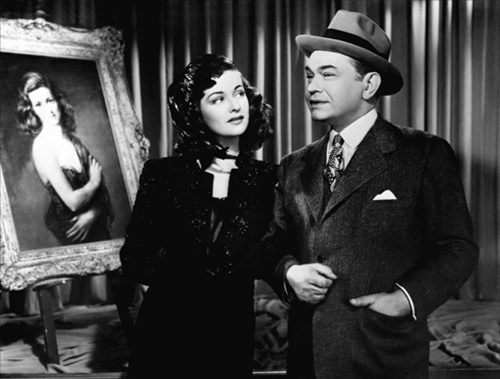
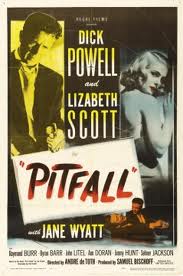
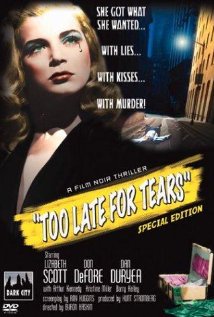
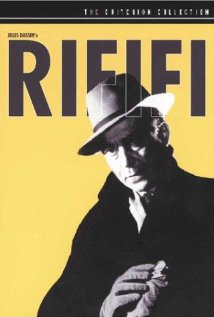
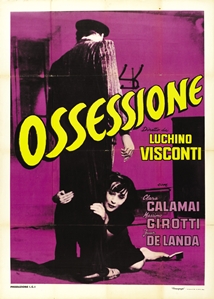
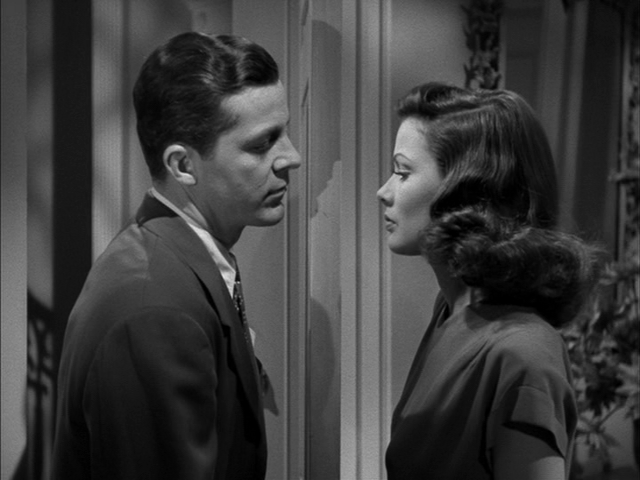
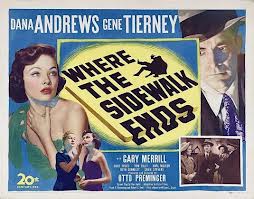




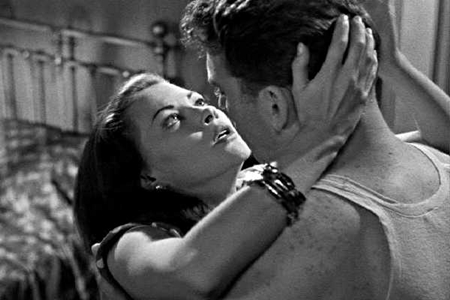
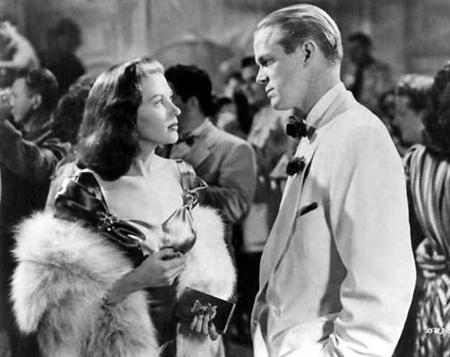
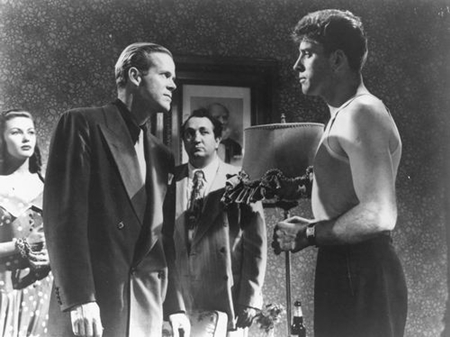
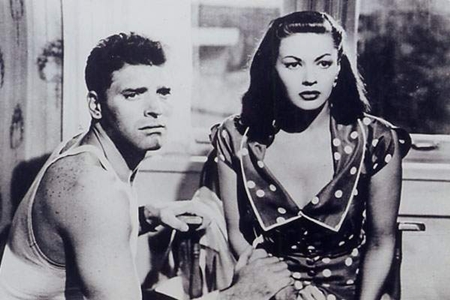





From FNB readers